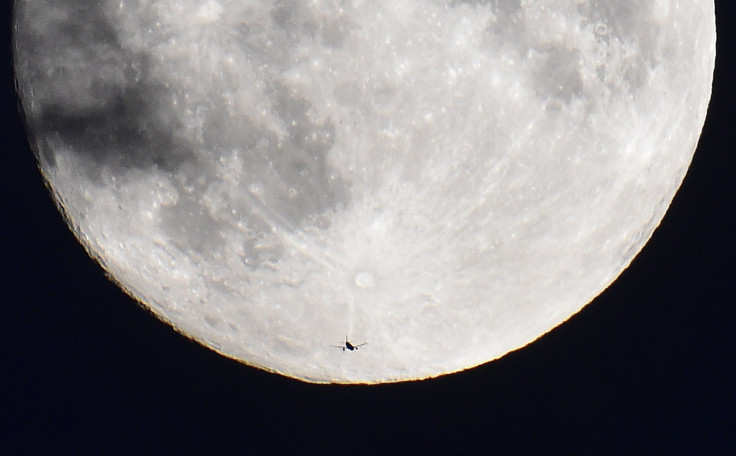Russia To The Moon: Lunar Mission Planned For 2029-2030, First Time Since NASA's Apollo

Russia has planned a manned mission to the moon for 2029-2030, according to Igor Komarov, head of Roscosmos, the Federal Space Agency, BloombergBusiness reported. Russia was the first country to put man into orbit, in 1961, and the only other manned moon landings in history were NASA’s Apollo expeditions from 1969 to 1972.
“NASA has Mars as the priority,” Komarov said, according to Bloomberg Business. “We at this stage are making the Moon our priority. We can be good in rounding each other out and working jointly on this program."
Komarov's comments on the lunar mission sharply contrasts former Roscosmos chief Vladimir Popovkin’s stance, who in 2012 warned that the country’s space industry risked being uncompetitive within three or four years without “urgent measures,” the Empire State Tribune reported. Russia plans on sending three unmanned craft to the moon before a Russian cosmonaut attempts at landing. This time around, though, Komarov said there will be no technological race between Russia and the U.S.
Although tensions have currently been high between Russia and the U.S. over the conflict in Ukraine, space research could provide an example of cooperation that doesn’t depend on politics, Komarov said, according to Bloomberg Business. He added that sanctions imposed by the U.S. and the European Union did not affect cooperation in running the International Space Station. Komarov said that humanity will always be united by the “eternal dream” of searching for civilizations on other planets. "I do believe in the existence of an intellect different from ours," he said.
Tensions have not been completely avoided, though. Bloomberg Business reports that, according to Komarov, increased equipment prices and delays in international projects forced Russia to seek greater cooperation from fellow members of the Brics group, which includes India, China, Brazil and South Africa. “Global projects are easier to implement together,” Komarov said. “Less investment is needed, it benefits everyone.”
© Copyright IBTimes 2025. All rights reserved.






















